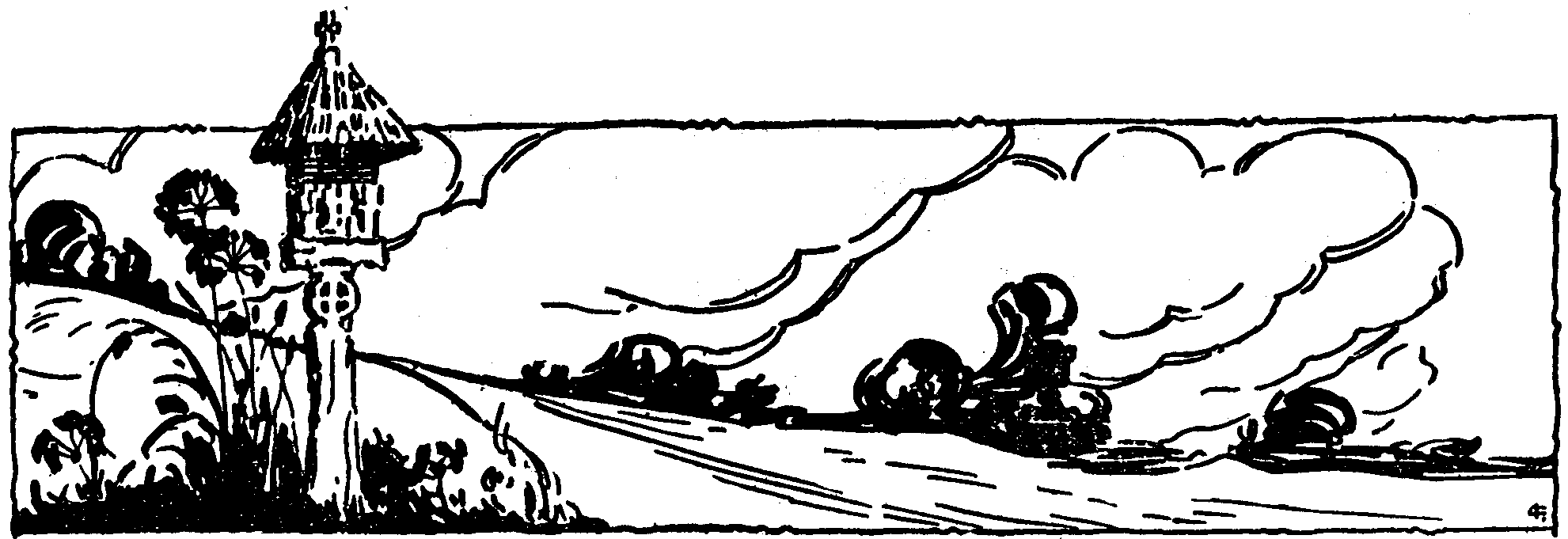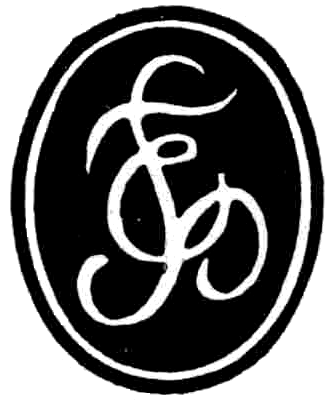INTRODUCTION
The area of biography can be extremely challenging to a researcher because it is interdisciplinary in nature and thus can be covered in the literature in a variety of sources, including ones that are unexpected. Another difficulty is that there are few guides specifically on how to do biographical research, for guides usually cover introductions to disciplines. Our survey of biographical sources eventually is broken down by discipline, but first there are general questions to answer that will help to better direct your research strategy.

- What is the nationality or citizenship of the figure?
- What languages do you read?
- In what discipline is the figure active?
- In what time period was the figure active?
- Is the figure still alive?
- What level of detail do you need on a particular figure?
- Do you need bibliographical references on the figure?
- Was the figure an emigre?
- Was the figure ever in disfavor with a political regime?
In the area of Slavic biography the nationality or citizenship of the figure is often the first place to begin. For example, if you are looking for information about a minor Carpatho-Rusyn poet, you are more likely to find this information in sources produced in countries that have or have had Carpatho-Rusyn populations. These sources could have detailed information about the figure, but if they are published in languages that you cannot read, you will need to try others. Biographical resources often are produced based on specific disciplines such as Who’s who in the Soviet cinema for the discipline of film or the Dictionary of Russian women writers for the discipline of literature.
If you have any idea of the career or possible second career of your figure, keep that in mind as a possible avenue of research. Many resources exist that focus on people in a particular profession or who work for a particular institution. And often obituaries appear in publications that are aimed at professionals active in individual disciplines or professions.
The time period in which a figure was alive also will affect your strategy. If the person lived long ago, it may be easy to find information because he/she was an historical figure. On the other hand, it may make your search even more difficult due to the sparsity of sources from the time period. If the person is still alive, the range of sources may change dramatically, thus you can consult phone directories or the Internet with a more reasonable chance of success instead of relying on historical sources. But you also may have more trouble because no one has yet compiled any data on the figure.
The level of detail is a question of particular importance because more detail needed eliminates many sources right at the start. What good is a phone directory if you need dates of birth, a c.v. or bibliographical references? Bibliographical references for further reading on a figure which often are included at the end of entries in more scholarly resources can be the foothold you need to tackle your research. The last two questions listed above, was the figure an emigre or was he/she in disfavor with a political regime are related in that if the answer is yes, they can lead you to an entirely different array of sources. Information about people in these categories often appears in publications produced outside the native country. The last question can be an example of when you have to radically alter your strategy or eventually quit without finding the facts you are seeking. Although some resources are now being published on political prisoners and so-called “non-persons”, there are still many gaps in the literature.
With these thoughts in mind let’s turn to a discussion of genres of sources of biographical information that can be found in most, if not all, the countries involved with Slavic studies. What kinds of sources are out there besides biographical dictionaries, Encyclopedias, phone directories, city directories, obituaries, archival guides, festschriften, memoirs, articles, biographies in book form, cemetery guides and necrologies, yearbooks, genealogical materials, guides to the literature, institutional staff directories, web sites, basically any endeavor produced by people. The list is endless which is one reason why biographical research is so challenging. It forces you to look beyond the traditional, expected sources.
The one genre listed above that is of particular importance for all researchers is subject guides to the literature. What can such a guide do for you? It can survey all of the important published sources of information in a particular discipline and then organize them in ways accessible to the user. For example, a guide to historical sources may have a section on encyclopedias relevant to the field of history as well as a biographical section which will describe resources that can lead to information on historians or on government officials at one point in history. If a guide exists that covers the discipline and time period that you are researching, it should be your first stop to find out about the array of resources available. This is also true for biographical research within a specific discipline because almost all guides have biographical sections or at least lists of bibliographies of works by or about prominent individuals in the discipline.Since guides truly are the first stop, if one is available for a particular topic or country and it contains discussions of biographical resources, it will be listed and discussed before all other resources in this course.
For those of you who prefer English language materials, those sources are noted as such in the annotations to make them easier to recognize among the other titles.
This guide discusses only resources held by the Libraries of the University of Illinois at Urbana-Champaign or that are available for free on the Internet.

GENERAL RESOURCES FOR ALL COUNTRIES
Before you begin your exploration of the various sections of the biography course, please take a moment to read about the General Resources for All Countries, because some of these sources could be valuable, particularly if you are interested in sources of biographical information that emanate from all of the countries in Western Europe as well as those from Eastern Europe. This section includes mostly western-language guides to biographical resources as well as the unique Index bio-bibliographicas notorum hominum or IBN. IBN is unique because it leads you to both resources for biographical data and biographical information itself.
Of course, there are many other general sources besides guides that can help you to find biographical information on individuals from all the countries of Eastern Europe. These sources are discussed under the appropriate subsections of this course. For example, the Personal name index to “The New York Times index,” which can lead you to articles and obituaries, is included on the page for obituaries.

BIOGRAPHICAL RESOURCES FOR SPECIFIC COUNTRIES
This course attempts to discuss the most important sources of bioentries from hundreds of biographical resources and biographical information for the various countries of Eastern Europe. Tips and strategies and guides to the literature appear first with individual biographical sources presented later. But before you leave this page, please take a moment to read about the Biographical Archives by K.G. Saur.
Initial biographical research has become a bit easier in the past several years due to the microfiche publications of Biographical Archives by K.G. Saur Verlag. This company has compiled into regional biographical archives. The University of Illinois Library has acquired all of the archives that pertain to Russia and Eastern Europe that have been published to date. These microfiche sets are described fully in the individual country sections below under biographical dictionaries, but are mentioned here as well because of their potential for helping to get you started with biographical research.
The World biographical index is available for U of I students and faculty through Online Research Resources (Databases), however the entries contain only brief biographical data, not the actual entries that are on the microfiche. The results of the search will tell you which sets contain entries for the individual and from which reference books they were taken. As of July 2001, of those archives that are of interest to Slavic and East European studies, only the Baltic, Jewish and the first Polish set are included in the searchable World biographical index. Beware: Although these archives are valuable resources, do not be deceived into thinking that using them will cover all bases. It is impossible to include all of the biographical resources that exist. If you rely on the Archive alone, you will miss some potentially useful material. Check the source lists which are linked in the annotations of each Archive for the various countries. The Russian set can be particularly misleading because it contains only 162 sources out of thousands upon thousands that are out there.
- Russia/Soviet Union
- Czech Republic/Slovakia
- Poland
- Ukraine/Belarus
- Bulgaria
- Hungary
- Yugoslavia – Includes sources for all former Yugoslav Republics (Croatia, Slovenia, Serbia, Montenegro, Bosnia, Macedonia)
- Baltic Countries – (Estonia, Latvia, Lithuania)
BIOGRAPHICAL RESOURCES BY TYPE
These pages describe the various genres of publications and how they may be used to conduct biographical research. In general, this Slavic Bibliography course is organized by genre. The biography section tries to maintain this organization, but with some deviations due to the cross-disciplinary nature of the field.
- Guides to the Literature
- Obituaries/Memorials/Jubilees

- Encyclopedias
- Festschriften
- Archive Guides
- Memoirs/Travel Writing
- Biographical Dictionaries
- Cemetery Guides and Necrologies
- Sources about Victims of Repression/War
- Judaica
BIOGRAPHICAL RESOURCES FOR EMIGRES
See also the section on Resources for Russian Emigres. Much of that section is of interest to the biographical researcher.